|
|
Outdoor Clothing & Gear Guide
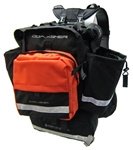
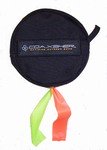
If you're going to be a K9 handler, or a Walk-Along to support the handler, then you need to have the right outdoor clothing and
field gear
to be prepared for the worst situations. That means your gear, and your dog's gear too...and don't expect him to carry it...he'll be too busy following scent to worry about carrying his food and water. Nope, that's YOUR job! :) For the 24 hour gear list required by NASAR for the SAR Tech II Certification
click here.
The most important gear you can carry with you is your shelter.
The clothing you are wearing is also considered shelter. It's job is to protect your skin and keep you comfortable. It's important to know the difference in clothing materials, and what works best for certain situations.
Down Light and very comfortableAbsorbs moisture readilyExcellent insulating properties when dryAbsorbs and retains odors and will mildew when damp
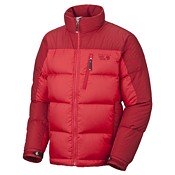
Down Jacket
Synthetic Fiber MaterialsSynthetic fibers are produced by chemical synthesisExamples are: Nylon, Polypropylene, and PolyesterNylon Abrasion resistant and quick dryingLow moisture absorption and wicking propertiesBlends well with other fibersCan be damaged by sunlight and melts when on fireExamples: Ripstop and CorduraPolypropylene Maintains insulative properties when wetRepels and wicks moisture/waterHigh abrasion resistanceEasy care and non-allergenicMelts at relatively low temperatures (160 degrees C or 320 degree F)Examples: Capilene, ThermaxPolyester Strong, durable, and inexpensiveSofter and lighter than any other synthetic materialWill not absorb moisturePoor wicking qualitiesExamples: Polartec, Polarguard, Primaloft, ThinsulateThe rate of heat transfer through your outdoor clothing depends on - Quantity and thickness of dead air space
- Amount of air that passes through a material
- Water and moisture
Heat loss and garment features - Closures need to be designed and applied properly: Seam, Vents, Pockets, and Reinforcements
The layer system - Layers of garment that can easily be added or removed:
- Underneath
- Wicking
- Clothing
- Insulation
- Shell
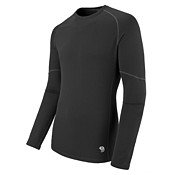
Base Layer
The Underneath Layer - For hygiene, discretion, and comfort
- Socks - One or two pair, should not bunch, and should not cause constriction or abrasion
The Wicking Layer - Moisture control and comfort
- Ensure a proper fit
- Materials - Thin Silk or wool, Synthetics such as Capilene, Coolmax, and Polartec
The Clothing Layer - Should offer some insulation and absorb moisture from layers beneath
- Loose fit and comfortable
- Durability and snag/tear resistant
- Consider visible colors
The Insulation Layer - Traps air between wicking and shell layers
- Accomplished best with multiple layers rather than one thick one
- Don't forget about your extremities
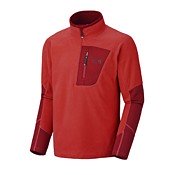
Fleece Jacket
The Shell Layer - Protects against the elements
- Must be strong and durable
- Consider ventilation
- Hoods are highly recommended
- Research wisely: A good shell is an investment
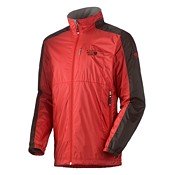
Shell Options - Waterproof Shell
- Water-Repellent Shell
- Water-Resistant Shell
- Waterproof/Breathable Shell
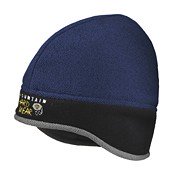
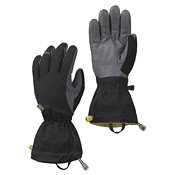
Other Clothing Considerations - The Head - An unprotected area. The head can be responsible for half of the body's heat loss.
- Whole head protection in cold environments
- In hot environments, protect head from external heat.
Hands - Mittens generally keep hands warmer but affect dexterity
- Leather gloves protect hands and improve traction and grip
- Remember to protect the wrists
Feet - Examine and clean daily
- Treat blisters and hot spots immediately
- Always wear clean, dry socks
- Have footwear fitted by a professional
Footwear
- Proper fit and comfort
- Adequate stability and support
- Durability and good traction for environment
- Protection from the elements
- Break in footwear before using it in the field.
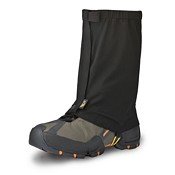
Gaiters - Protection against dirt, debris, snow, and insects
- Prevent layers from getting wet
- Usually made of Cordura or ripstop and coated with waterproofing agent
- Available in two sizes
Clothing Purchase Suggestions - Research and investigate before purchasing
- Plan ahead and buy off-season sale items.
- SAR clothing is an important tool
- Take advantage of online discount retailers
Return from "Outdoor Clothing" to "K9 Search and Rescue Home Page".
|
|
|









